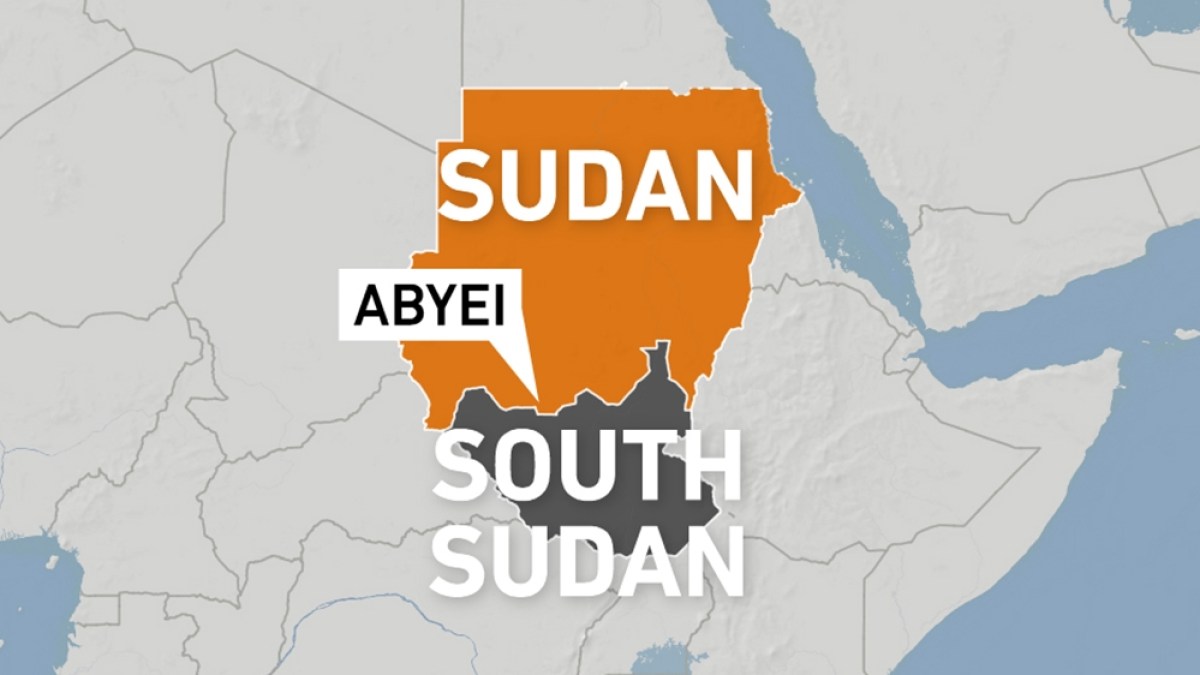In Gaza, we see death in every aspect of life. Death has become an inseparable companion, lingering in the streets, the skies, and even in our homes. It is no longer a shock – it is a grim daily reality which we have been forced to adapt to.
There are many ways to die in Gaza, although one does not have the luxury to choose.
You may be killed in a bombing, or be struck by a sniper’s bullet as you try to collect food to stave off hunger, or starvation itself may claim your life. The Health Ministry says 116 people have died because of malnutrition, many of them babies and children.
In Gaza, the simplest, most basic necessity can also be lethal. Water is one of them. Every aspect of it can be dangerous: providing it, seeking it, drinking it, swimming in it.
Since the start of the genocide, the Israeli army has relentlessly targeted Gaza’s water infrastructure. More than 85 percent of Gaza’s water and sanitation structures are inoperable – including pipelines, wells, and treatment facilities.
Israel has blocked the entry of water-related materials to the Strip, making repairs difficult. It has also targeted the warehouse of the water utility authority, destroying equipment and spare parts.
Worst of all, workers trying to make repairs or operate water infrastructure have been directly targeted and killed. Working in the water sector has now become a deadly job.
Most recently, on July 21, the Israeli occupation forces attacked a desalination plant in the Remal neighbourhood of Gaza City, killing five people at the site. This was one of the few functioning water stations in the city.
The destruction of the water infrastructure in Gaza has forced us to go out in search of water on a daily basis. There are some war entrepreneurs who charge exorbitant amounts of money for delivering water to homes; the vast majority of people cannot afford such services.
So Palestinians are forced to walk long distances and wait in long queues, plastic jugs in hand, to fetch a daily ration of water.
The wait under the scorching sun is not just exhausting, but it can also turn deadly.
On July 13, 11 Palestinians – seven of them children – were killed and dozens more injured when an Israeli missile struck civilians as they queued to get water from water trucks in Nuseirat refugee camp, not far from my own home.
Sometimes, water trucks are not available, so people are forced to drink water that is unfit for human consumption from local wells. It is contaminated with bacteria, chemicals and other contaminants and can trigger outbreaks of waterborne diseases.
I myself felt victim to one. Months ago, after drinking from a local well, I contracted hepatitis A. My skin and the whites of my eyes turned a haunting shade of yellow. Waves of nausea left me unable to eat, and a persistent fever made every breath feel difficult. But the worst was the searing pain in my abdomen – a constant, twisting ache as if my insides were being wrung out by invisible hands. For weeks, I was bedridden, my body weak, my mind consumed with fear.
A visit to a clinic brought me no relief – just a prescription for a painkiller and a “salamtek” (get well). I had to fight the infection on my own.
I survived, but others are not so lucky. Hepatitis, like other infectious waterborne diseases running amok in Gaza, kills.
Amid the unbearable summer heat, one would think that at least the water of the sea could bring Palestinians some relief, but that too is deadly.
In recent weeks, the Israeli military has declared Gaza’s entire coastline a prohibited zone, effectively banning Palestinians from swimming, fishing, or even approaching the water. Anyone who gets near the sea is shot at.
Even before the ban, the Israeli army was attacking Palestinians who would try to get into the sea to fish and alleviate their families’ hunger. As of December 2024, some 200 fishermen had been killed, according to the UN; many more have died since then.
While we are banned from the only place that used to bring us relief from the heat, just a few kilometres north, Israelis freely enjoy the same Mediterranean waves, sunbathing and swimming in peace. They also enjoy long showers and the privilege of running water. They use the luxurious 247 litres (65 gallons) per day per person.
According to the World Health Organization, a person needs 100 litres (26 gallons) of water per day to cover their basic needs. People in Gaza now get between two and nine litres (0.5 – 2.3 gallons) per day.
The struggle for water is just one of the many battles Palestinians in Gaza fight daily. There is no food to feed one’s starving family, no electricity to power fans, and no medicine to treat the diseases that plague us. Every aspect of life here is a test of endurance. There is, quite literally, nothing to ease the weight of these brutal circumstances – no relief, no respite, not even the smallest comfort.
I still can’t comprehend how, in the 21st century, a world of more than 7 billion people, where global leaders talk about prosperity, dignity and rule of law, we are still deprived of the most basic human necessities.
In December 2024, Human Rights Watch openly declared that Palestinians in Gaza are being subjected to a “genocide,” and it based this conclusion on establishing Israel’s “water deprivation as a deliberate act”. It pointed out that “thousands of Palestinians in Gaza have died as a result of malnutrition, dehydration, and disease as of August 2024”.
It has been a year since then. Countless people have died because of Israel’s weaponisation of water – numbers that are not included in the official death toll because the health authorities simply lack the capacity to track them.
The truth is out in the open. It is broadcast on international media. It is visible on social media. And yet, the world remains idle, refusing to take action and stop Israel.
To this world, I want to say: Your silence echoes louder than the bombs that fall on us every day. You must act now, or go down in history with your complicity in the slaughter and starvation of the Palestinian people.
The views expressed in this article are the author’s own and do not necessarily reflect Al Jazeera’s editorial stance.

 3 months ago
110
3 months ago
110

















































